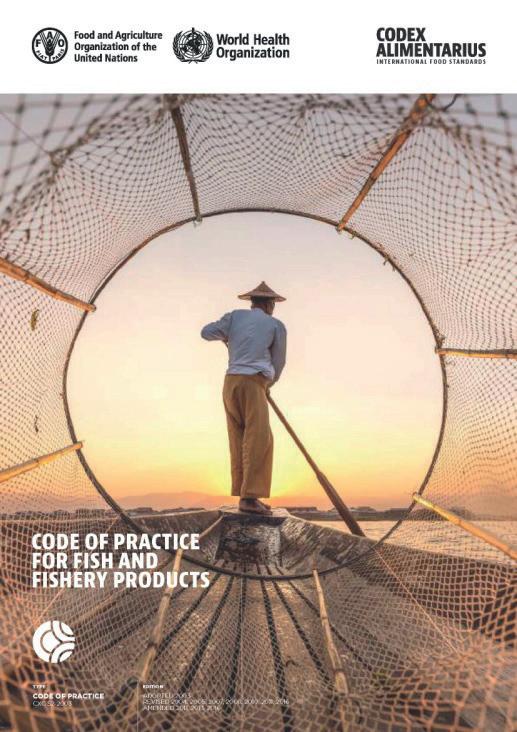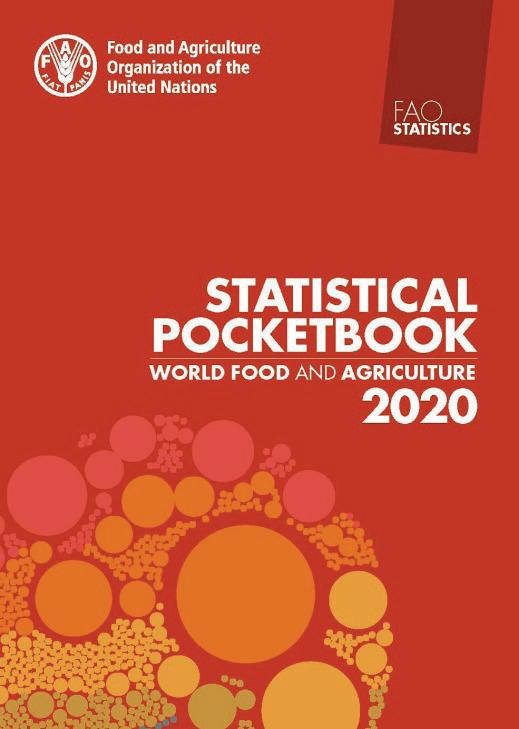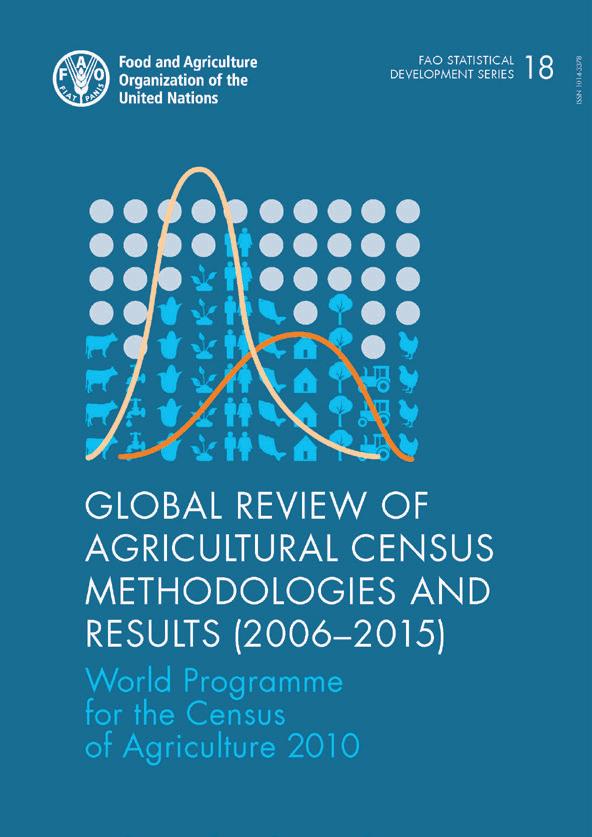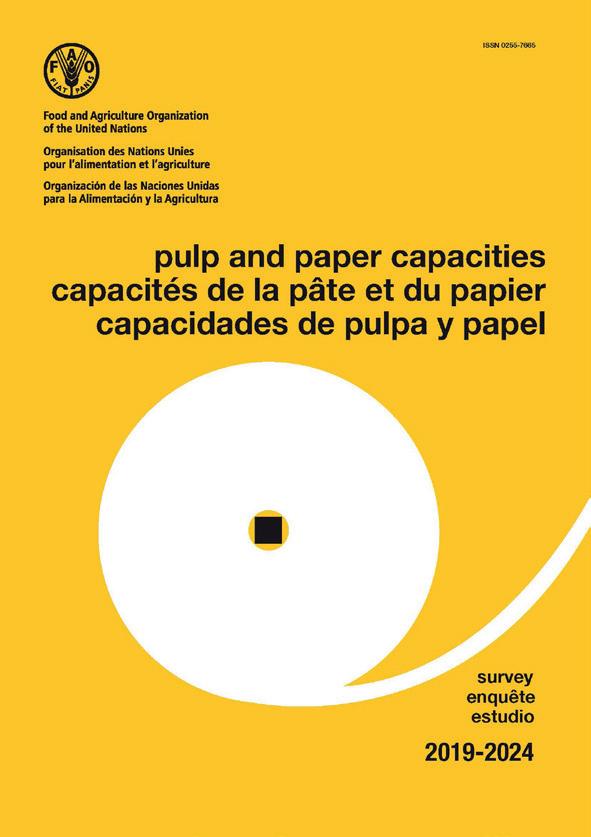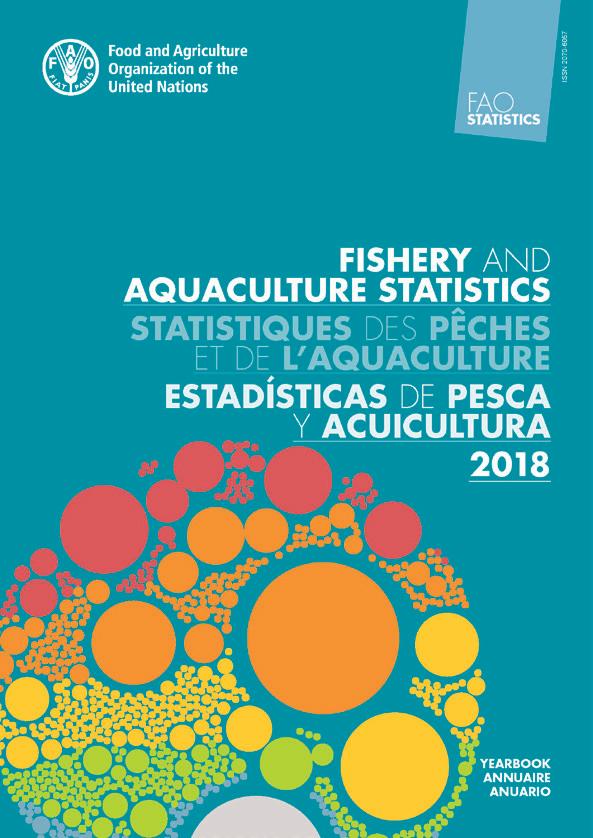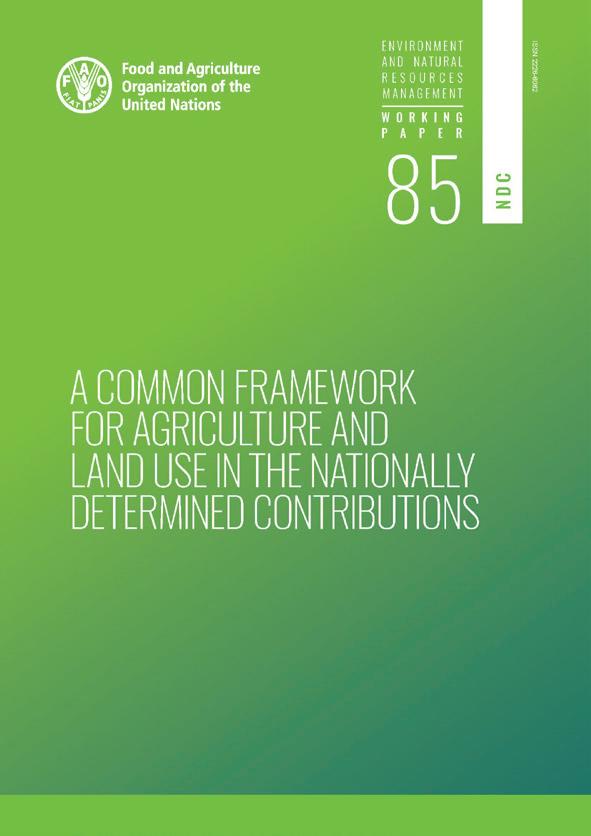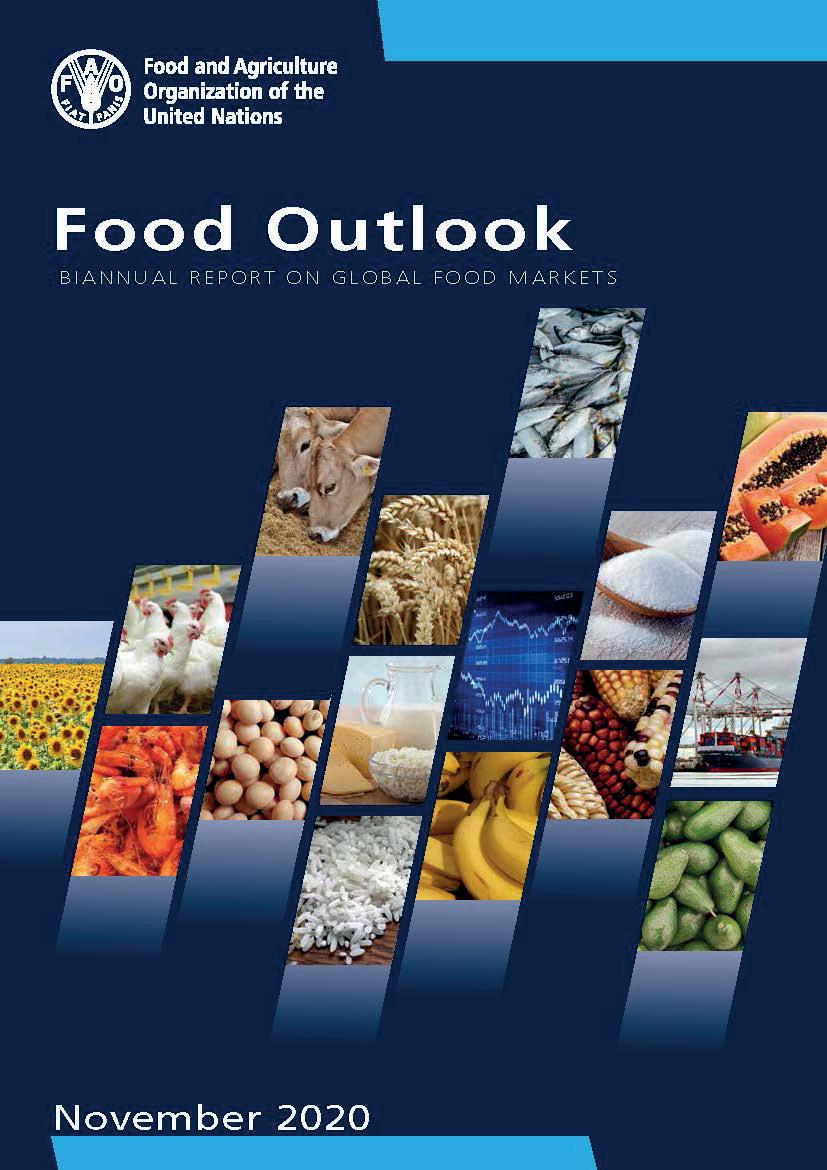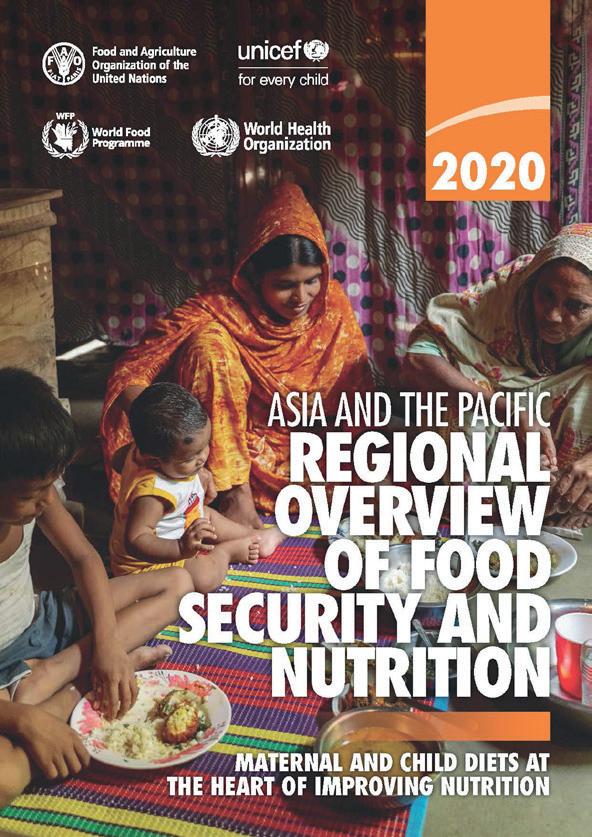OrganicAgriculture Food and nutrition Fisheries Agriculture
Library
News Books
Documentation Center
Aquaculture
MAI
Newsletter
Natural resources
Economic Documentation Center from the Library
Newsletter Mediterranean Agronomic Institue of Bari DOCUMENTATION CENTRE - CIHEAM BARI FAO Repository Lirary reviews:
back to index
FOOD AND NUTRITION
Food and Nutrition
Asia and the Pacific Regional Overview of Food Security and Nutrition. Maternal and child diets at the heart of improving nutrition Type of publication: Book Author: FAO, UNICEF, WFP, WHO Publisher: FAO Year of publications: 2021 Place of publication: Bangkok, Thailand Other Entities Involved: UNICEF, WFP, WHO Pages: 120 p. By Country/Territory: Asia; Oceania Serial Title: Regional Overview of Food Security and Nutrition, Asia and the Pacific ; 2020 ISBN: 978-92-5-133853-7 doi: https://doi.org/10.4060/cb2895en
and the Pacific.
Agrovoc: household food security; maternal and child health; infant feeding; nutritional requirements; nutrition security; nutrition statistics; Asia
Abstract: The 2020 report on the State of Food Security and Nutrition in the Asia and Pacific region, provides an update on progress towards the 2030 targets (SDGs and WHA) at the regional and country level. Selected indicators look at undernourishment, food insecurity, childhood stunting, wasting and overweight, adult overweight, child minimum acceptable diet, exclusive and continued breastfeeding, and anaemia in women and children. While the region continues to work towards ending all forms of malnutrition and achieving Zero Hunger, progress on food security and nutrition has slowed, and the Asia and Pacific region is not on track to achieving 2030 targets. About 350.6 million people in the Asia and Pacific region are estimated to have been undernourished in 2019, about 51 percent of the global total. An estimated 74.5 million children under five years of age were stunted and a total of 31.5 million were wasted in the Asia and Pacific region. The majority of these children in the region live in Southern Asia with 55.9 million stunted and 25.2 million wasted children. Estimates predict a 14.3 percent increase in the prevalence of moderate or severe wasting among children under 5 years of age, equal to an additional 6.7 million children, due to the COVID-19 pandemic. With basic food prices and disposable incomes influencing household decisions on food and dietary intake, they are critical to improve food security and nutrition in the region. However, in the Asia and Pacific region, 1.9 billion people are unable to afford a healthy diet, driven by high prices of fruits, vegetables and dairy products, making it impossible for the poor to achieve healthy diets. In Part 2, the 2020 report promotes a systems approach to healthy maternal and child diets, involving and coordinating institutions and actors in the Food, Water and Sanitation, Health, Social Protection and Education systems, to collectively create the enabling environment for healthy diets. Integration of healthy diets and nutrition-focused Social Behavior Change Communication (SBCC) mainstreamed throughout these systems will lead to greater uptake and sustainability of healthy behaviours and caregiver’s knowledge. Download the full report Cite this publication as: FAO, UNICEF, WFP and WHO. 2021. Asia and the Pacific Regional Overview of Food Security and Nutrition 2020: Maternal and child diets at the heart of improving nutrition. Bangkok, FAO.
14 2

